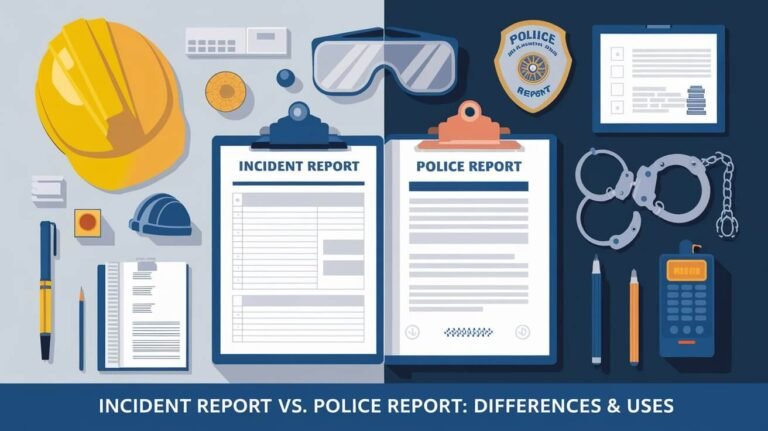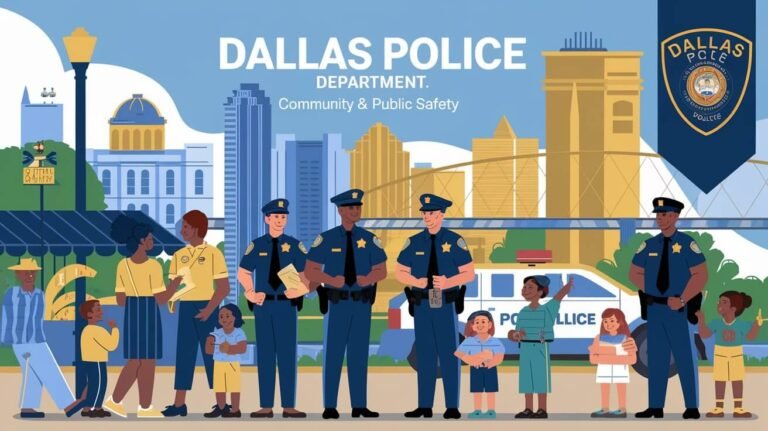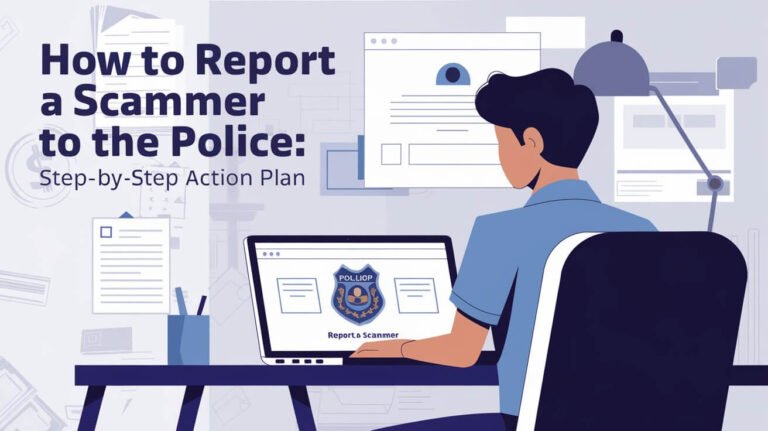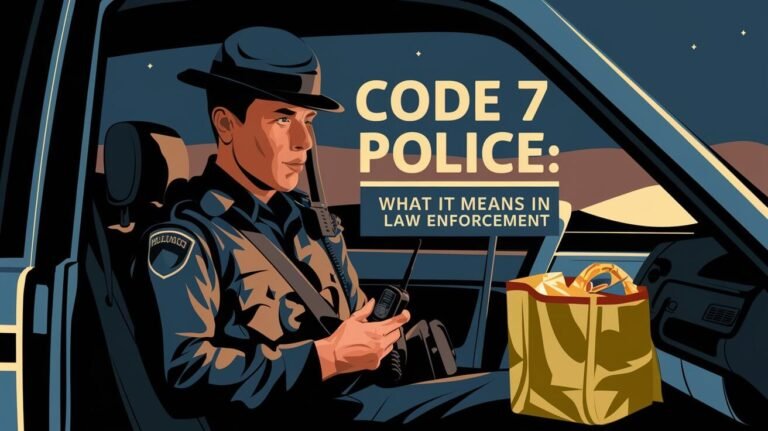State Police vs Local Police: Key Differences Explained
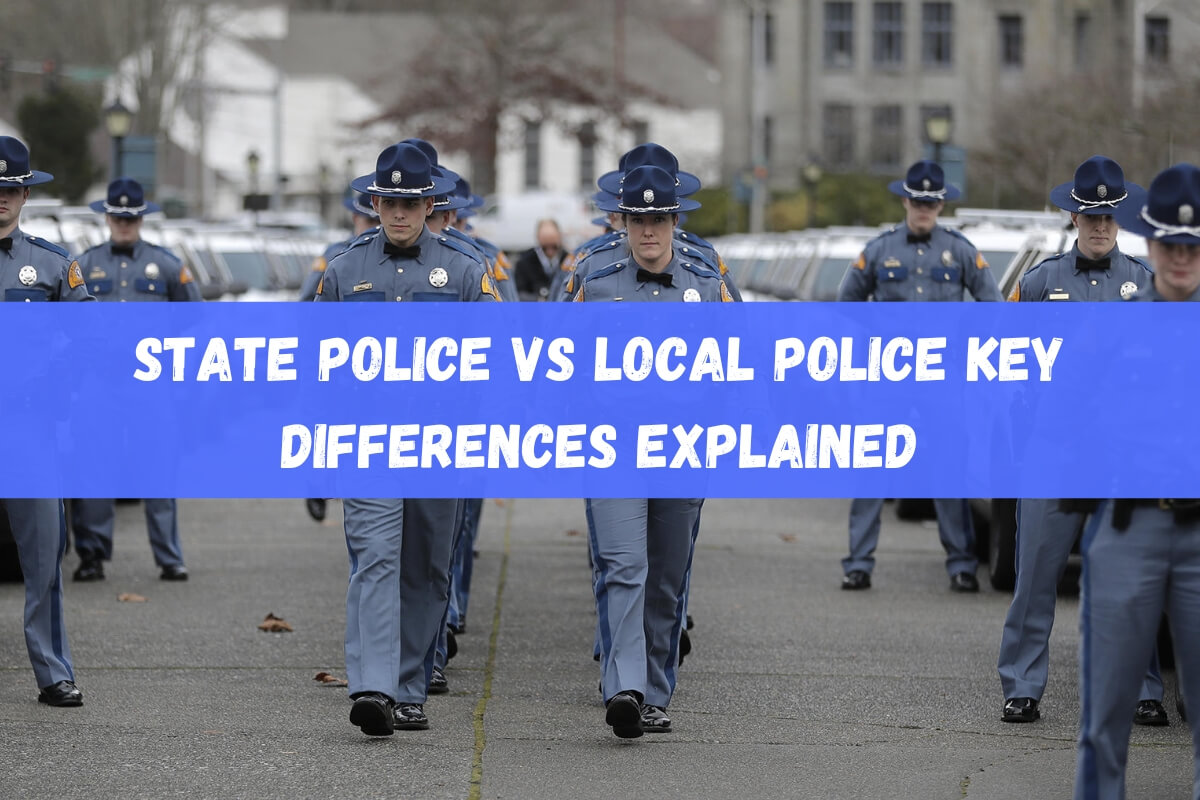
Keeping communities safe and maintaining law and order is a daunting task that falls on the capable shoulders of law enforcement agencies across the United States. While the ultimate goal is the same – to serve and protect the public – there are distinct differences between state police forces and local/municipal police departments.
These differences arise from their varying jurisdictions, areas of responsibility, organizational structures, and even public perception. But what exactly sets state police apart from local police?
The key difference lies in their scope of authority and geographic jurisdictions – state police have statewide jurisdiction, while local police powers are limited to their city or town boundaries.
In this detailed guide, we’ll explore the nuances that define these two integral law enforcement bodies. From their roles and responsibilities to command hierarchies, training requirements, specialized divisions, and community relations – we leave no stone unturned in contrasting state police against their local counterparts.
What are State Police?
State police, often referred to as state troopers or highway patrol, are law enforcement officers employed by the state government. Their primary mandate is to enforce state laws and maintain public safety across the entire state.
Some of the common responsibilities of state police include:
- Highway patrol and traffic enforcement on state routes and interstates
- Investigating major crimes that cross jurisdictional boundaries
- Assisting local police departments when needed
- Managing emergency response and homeland security efforts
- Operating specialized units like SWAT teams, bomb squads, and aviation units
Unlike local police confined to municipal boundaries, state troopers have broad statewide jurisdiction and authority. This allows them to respond to incidents, make arrests, and uphold state laws anywhere within the state’s territory.
What are Local/Municipal Police?
Local or municipal police departments are established and operated by city or town governments. Also known as city police, their primary role is to enforce local laws, respond to emergency calls, and investigate crimes within their designated jurisdiction – typically the city limits.
Common duties of local police officers include:
- Patrolling neighborhoods and busy areas within the city
- Responding to calls for assistance from residents
- Investigating local crimes like robberies, assaults, etc.
- Traffic control and enforcement on city streets
- Community policing efforts to build relationships with residents
Local police have full authority within their jurisdiction, but none outside city boundaries. They can cross jurisdictions in certain cases, like chasing a suspect.
Jurisdiction: The Main Difference
The crux of the distinction between state and local police lies in their geographic jurisdictions and scope of authority. State police have a broad jurisdiction spanning the entire state, while local police powers are restricted to their specific city, town, or county limits.
For example, if a major crime occurs on a state highway, the state police would take the lead in the investigation. However, if the same incident happened on a city street, it would fall under the local police department’s jurisdiction.
There can be some overlap in jurisdictions as well. In certain situations, state and local police may need to collaborate and share responsibilities, such as during natural disasters, large-scale events, or when tracking down fugitives.
When to Contact State vs Local Police?
As a general guideline:
- Contact state police/troopers for incidents on state highways, interstates, or major crimes crossing jurisdictions.
- Call your local police department for neighborhood issues, city street incidents, or local criminal matters.
If you’re unsure which agency to contact, it’s best to reach out to your local police department first, and they can guide you further or transfer your call to the appropriate state authorities if needed.
Command Structure and Hierarchy
Both state and local police forces follow a quasi-military hierarchical structure with a defined chain of command. However, the specific rank titles may differ slightly between agencies.
In most state police forces, the ranks typically include:
- Trooper (entry-level officer)
- Corporal
- Sergeant
- Lieutenant
- Captain
- Major
- Lieutenant Colonel
- Colonel (highest-ranking officer, chief of state police)
Local police departments generally use rank titles like:
- Police Officer
- Corporal
- Sergeant
- Lieutenant
- Captain
- Deputy Chief
- Chief of Police
Promotions and advancement through the ranks in both state and local agencies depend on factors like time in service, performance, education/training, and scores on promotional exams.
Training and Requirements
Becoming a state trooper or local police officer requires rigorous training at a police academy along with meeting specific educational and physical requirements.
State police academies typically have more intensive and lengthier training programs than those for local departments. This is because state troopers receive supplemental instruction in areas like:
- Highway patrol tactics
- Pursuit driving and emergency vehicle operations
- Handling hazardous materials incidents
- Advanced firearms and tactical training
In contrast, local police academies focus more on community policing, de-escalation techniques, and cultural awareness suited to urban environments.
Most state and local police departments require applicants to:
- Be 21 years of age
- Hold a high school diploma (some require college credits/degree)
- Pass written, physical, medical, and psychological exams
- Background checks for any criminal history
Police Specialties and Divisions
Both state and local law enforcement agencies have specialized divisions and roles that officers can pursue after gaining some field experience. Some common police specialties include:
State Police Specialties:
- State Bureau of Investigation/Detective Units
- SWAT/Special Response Teams
- Air Operations/Aviation Unit
- Bomb Squad
- Canine (K-9) Units
- Search and Rescue/Dive Recovery Teams
Local Police Specialties:
- Criminal Investigations/Detective Bureau
- SWAT/Emergency Response Unit
- Traffic Enforcement/Motors Unit
- Community Policing Division
- Vice/Narcotics Units
- K-9 Teams
- Crime Scene Investigations
While there is some overlap in specialties, state police tend to have more tactical and advanced specialized units due to their expanded resources and jurisdictional scope.
Are State Troopers Considered “Real Police”?
A common public perception is that state troopers are not considered “real police” since they primarily patrol highways. However, this is a misconception.
State troopers undergo comprehensive police training, are certified sworn law enforcement officers, and possess full arrest powers. They have the authority to enforce all state laws, not just traffic regulations on the highways.
Many state police agencies conduct major criminal investigations and have specialized bureaus dedicated to areas like organized crime, narcotics, and intelligence operations. So in every sense, state troopers carry out “real” policing duties and are very much legitimate law enforcement officers.
Funding and Resources
How state and local police agencies are funded directly impacts their resources, staffing levels, equipment, and overall scope of operations.
State police forces typically receive funding through the state government’s budget allocations. This funding stream is often more robust and consistent compared to local departments.
Local police on the other hand rely on budget allocations from their respective city or county administrations. Budget constraints faced by municipal governments can strain funding for police operations, equipment, technology upgrades, and personnel costs.
The discrepancy in funding results in state police agencies generally being larger with access to advanced specialized equipment and units that many smaller local departments cannot afford.
Police departments in big cities with large budgets can have resources equal to or even greater than their state counterparts.
Community Policing and Public Perception
Community policing philosophies are deeply ingrained in the operational models of local city police. Officers are encouraged to build positive relationships with residents and community groups through programs like:
- Neighborhood watch initiatives
- School resource officer assignments
- Attending community events/meetings
- Foot/bike patrols for better public engagement
Local departments prioritize community policing efforts as they foster trust and cooperation from the public they serve daily.
For state police, the community engagement aspect is not as comprehensive since their core duties are enforcing traffic laws and providing support to local agencies. However, they do undertake public awareness campaigns and educational programs related to highway safety.
Public perception also differs between state and local law enforcement. While local city cops are viewed as protectors engaged with their community, state troopers are sometimes perceived as being strict enforcers focused on issuing tickets and making arrests.
Both state and local agencies actively work on improving public relations and shedding negative stereotypes through increased transparency and community outreach efforts.
Cooperating Across Jurisdictions
Despite their differences, state and local law enforcement must cooperate and assist each other during major incidents that cross jurisdictional boundaries. This cooperation is facilitated through:
Mutual Aid Agreements: Formal agreements that enable agencies to share resources and personnel across jurisdictions during emergencies.
Joint Task Forces: Specialized multi-agency task forces created to combat issues like narcotics trafficking, organized crime, or terrorism that require a consolidated effort.
Information Sharing: State and federal intelligence databases that allow law enforcement to share crime data, criminal records, and other critical information across jurisdictions. This seamless flow of information is pivotal for tracking criminals, identifying broader crime patterns, and coordinating effective response strategies.
Law Enforcement Accreditation and Standards
While state and local police ultimately serve the same purpose of maintaining law and order, there are concerted efforts to establish standardized best practices and professionalism across all public safety agencies. This is where accreditation programs like the one offered by the Commission on Accreditation for Law Enforcement Agencies (CALEA) play a vital role.
CALEA’s accreditation process involves a rigorous review and inspection to ensure an agency’s policies, procedures, operations, and services meet internationally accepted public safety standards and benchmarks.
Becoming accredited is a voluntary process, but one that is highly valued, as it demonstrates an agency’s commitment to excellence and accountability to the communities it serves. As of 2023, over 600 state and local law enforcement agencies across the U.S. have earned coveted CALEA accreditation.
The standards promoted by CALEA cover all aspects of law enforcement operations, from use of force policies and evidence handling to recruitment practices and training programs. By adhering to these standards, agencies can improve their overall professionalism, performance, and service delivery.
Conclusion:
State police and local police departments have different ways of operating and doing their jobs, even though their main goal of serving and protecting the public remains the same.
State troopers have wider jurisdictional authority spanning the entire state, with a focus on highway patrol, traffic enforcement, and providing support to local agencies. Local police, on the other hand, concentrate their efforts within their city or town limits through neighborhood patrols, responding to local incidents, and cultivating community partnerships.
Command structures, specialized units, funding sources, and training regimens also vary between state and municipal law enforcement bodies. Yet, both entities must collaborate during major cross-jurisdictional events through mutual aid agreements, joint task forces, and seamless information sharing.
The safety and well-being of citizens depend on state troopers and local police officers working together, using their unique roles and powers to maintain law and order throughout society.

